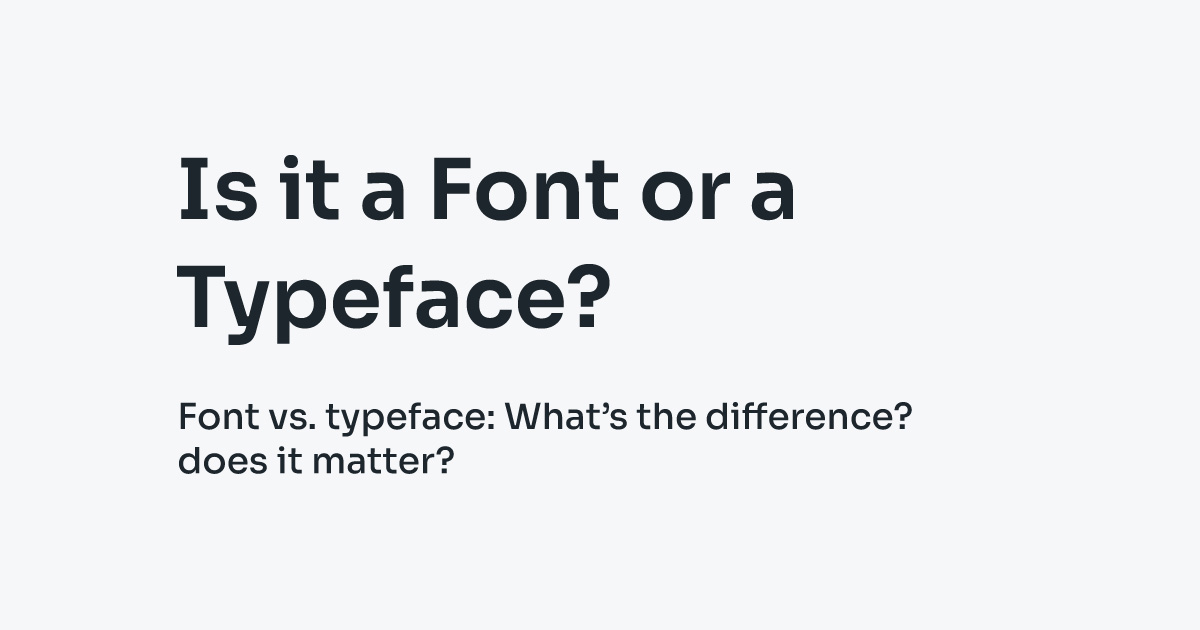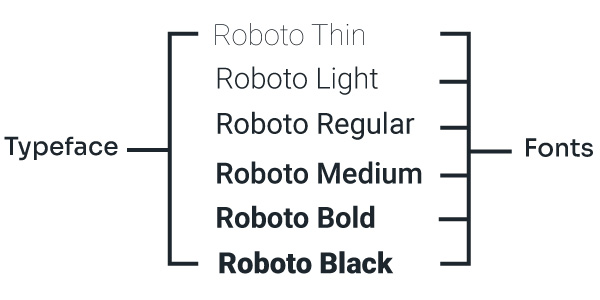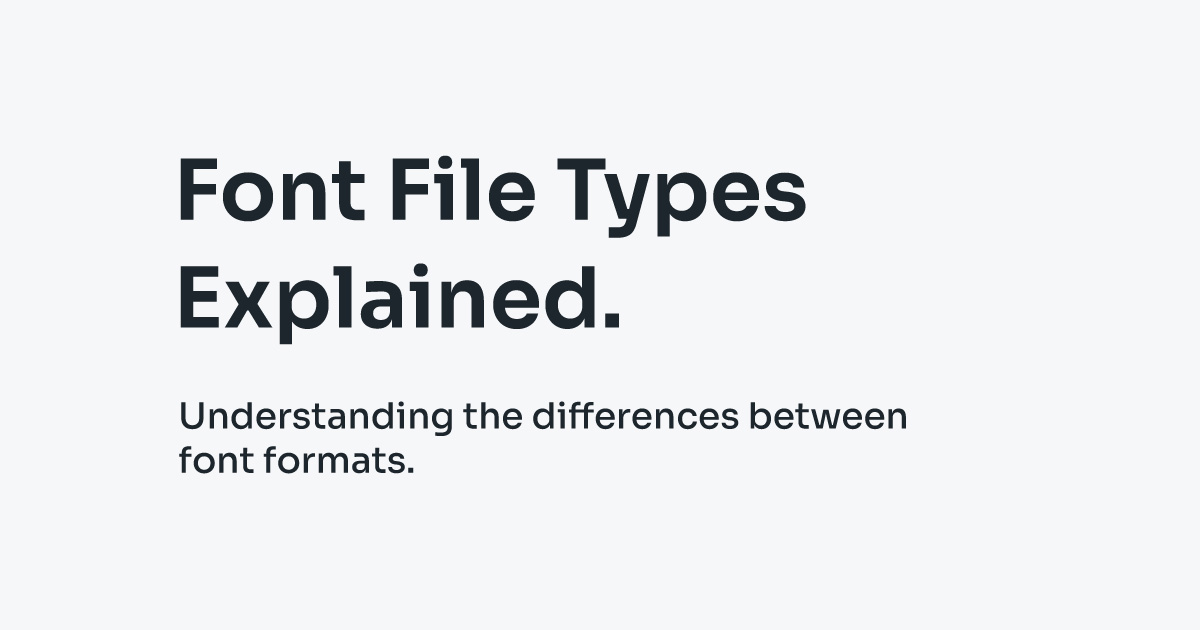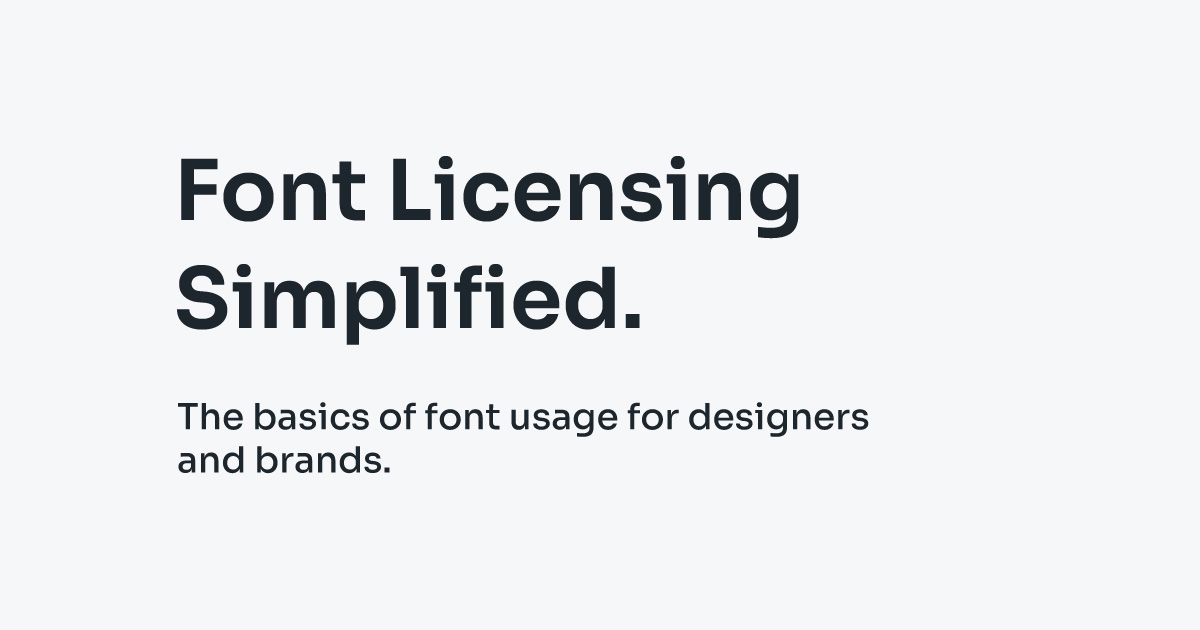Font vs. Typeface
The terms typeface and font are often used interchangeably like they’re the same things, and that can sometimes be confusing.
So, what’s the difference? Does the difference actually matter?
First, we’ll go over what each term means.
What is a Typeface?
A typeface is the visual design of a set of characters, glyphs, and symbols that can include variations in weight or style. Each of these variations is a font that share the overall design of the typeface, and together they form a font family.
Nowadays, there are typefaces made up of one single variation such as “regular” or “bold” etc.
Although many people would call a typeface with a single variation a font, it’s actually a typeface and within that typeface a font, but we wouldn’t consider it a font family.
What is a Font?
A font is a variation of a typeface, a specific style or weight within a typeface comes in the form of a computer file, software or a program that instructs your device to display and/or print each letter in a particular way.
“If the typeface is the song, the font is the MP3 file”
Let’s put this context with an example. Roboto is a typeface. But Roboto Bold is a specific font within the Roboto typeface.
Does the difference actually matter?
To most people, and in most situations, it really does not matter if you use these terms interchangeably. However, knowing the difference is important if you’re a designer or branding professional, and where it really matters a lot is in font licensing and copyright.
Need more information about font licensing, checkout our previous article “Font Licensing, Simplified”!




Don't forget to share this post!